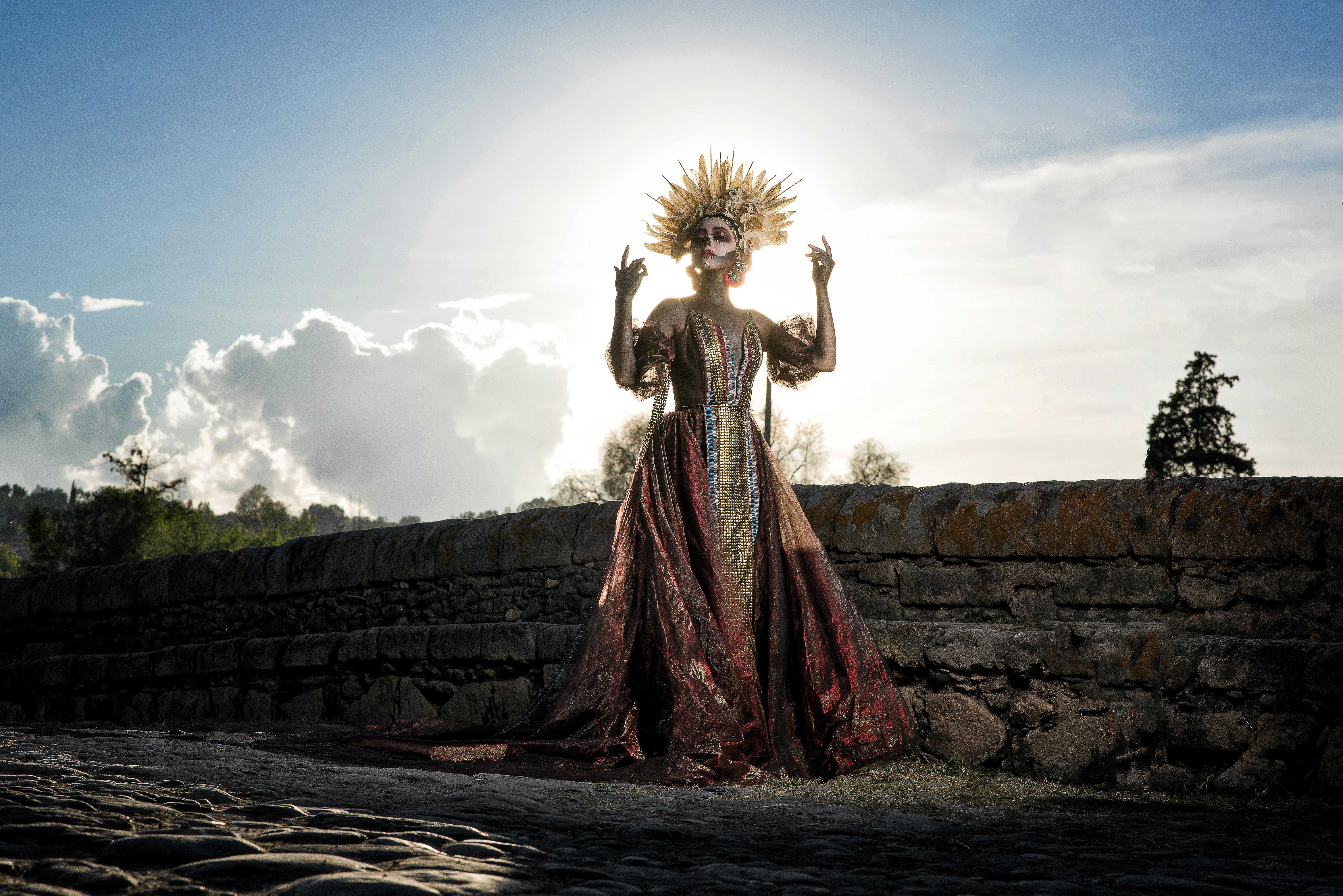The Rebirth of Ancient Beauty Rituals in Modern Wellness
The beauty and fitness industry has always been one to embrace new trends and innovations. However, in recent years, there's been an intriguing shift as consumers and experts alike are looking to the past for inspiration. Ancient beauty rituals, many of which have been practiced for centuries in different cultures around the world, are making a resurgence in the modern wellness space.

Ancient Beauty Rituals: A Historical Overview
The history of beauty rituals is as old as civilization itself. Ancient Egyptians, Greeks, and Romans practiced elaborate skincare routines, as did the Chinese and Japanese. These rituals were often tied to religious or spiritual beliefs and used natural ingredients sourced from the local environment. For instance, ancient Egyptians used castor, sesame, and moringa oils for skincare, while Cleopatra is said to have bathed in milk for its lactic acid benefits.
The Modern Revival of Ancient Rituals
Fast forward to the 21st century, and these ancient rituals are being rediscovered and appreciated anew. The modern beauty industry, driven by consumer demand for natural and holistic products, has warmly embraced these time-tested methods. For example, the use of clay and charcoal for detoxification, or botanical oils for hydration and rejuvenation, have become increasingly popular.
Benefits of Ancient Beauty Rituals
The appeal of these ancient practices lies in their holistic approach to beauty and wellness. These rituals often involve the use of natural ingredients, making them gentler on the skin and environmentally friendly. Moreover, they often promote mindfulness, encouraging individuals to slow down and engage with the process of self-care, rather than viewing it as a chore.
The Impact on the Beauty and Fitness Industry
The rediscovery of ancient beauty rituals has had a significant impact on the beauty and fitness industry. Brands are innovating by integrating these practices into their product lines and services. This trend has also led to an increase in consumer knowledge and interest in natural, ethical, and sustainable products, encouraging brands to be more transparent about their ingredients and production processes.
Evidence-Based Recommendations
Research supports many ancient beauty practices. For example, studies have found that certain plant oils can help hydrate the skin and reduce signs of aging. Meanwhile, practices like dry brushing are found to stimulate blood circulation and promote lymphatic drainage. However, as with any trend, it’s essential for individuals to conduct their research and consult with a professional before integrating these rituals into their routines.
In conclusion, the revival of ancient beauty rituals speaks to a broader trend in the beauty and fitness industry— a return to nature and an appreciation for time-tested wisdom. It’s a reminder that sometimes, the best solutions are those that have stood the test of time. As we continue to explore and innovate, we should also take the time to look back and learn from our ancestors, finding beauty in the wisdom of the past.




